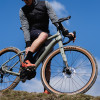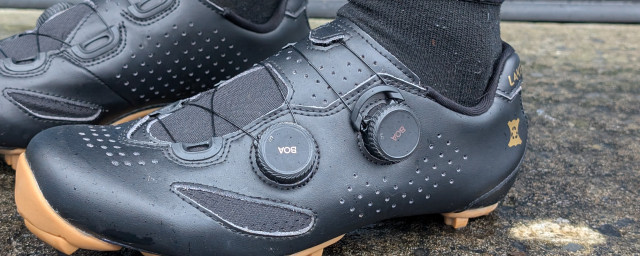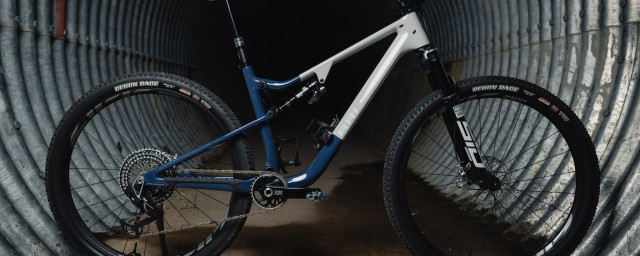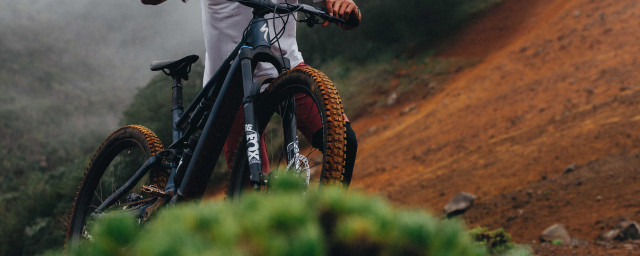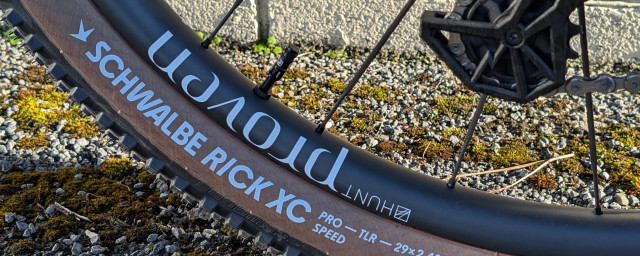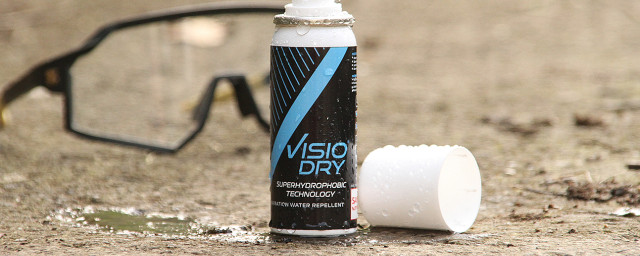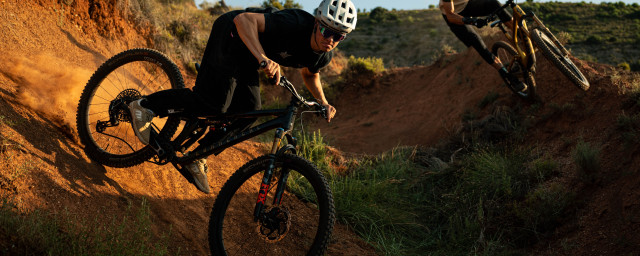Shimano launches all-new STEPS EP8 e-bike drive system with more torque, less weight and reduced friction

Drivetrain giant Shimano has struck back at e-bike drive system rivals with a completely overhauled and thoroughly updated new system called STEPS EP8 that replaces the ageing top-end E8000 system. There's more torque, less internal friction and lower weight and size, all paired with software changes to give a ride feel that's claimed to be more natural feeling than ever.
- Big Read: Racing e-bikes at the EX Enduro; how much difference does a motor make
- Buyer's guide: electric mountain bikes - all you need to know about e-bikes
- Which disc brake pads are best for mountain bikes? Sintered or organic?
While Shimano's E8000 drive system gave impressive performance when it was launched back in 2016, in recent years it's been losing ground to other full-fat e-bike drive systems when it came to headline figures such as torque, with both Bosch and Specialized offering units that easily outdid Shimano's peak 70Nm twist figure.
Drive unit is smaller, quieter, less draggy - and makes more torque
The new STEPS EP8 delivers a much more robust - and Bosch matching - 85Nm of extra assistance on top of whatever the rider produces, but the company reckons that's a relatively small element of the whole suite of updates and improvements the new system has.
The EP8 drive unit still uses exactly the same frame mounts as before - something that will endear it to manufacturers - but the overall size of the drive unit has gone down by 10% and there's also a claimed 300g reduction in weight. Shimano claims that this gives the system a better power-to-weight ratio than before; that's technically true but in practise is unlikely to have a huge impact on the 100kg-plus system weight of bike and rider together.
Compare new and old units side by side and it's obvious that EP8 does give better ground clearance however, with much less of a protrusion forwards of the bottom bracket. It's also now possible to get short 160mm crank arms for the unit, which should help prevent a bit of earth-beating on technical climbs.
The weight reduction is down in part to an all-new magnesium casing; as well as being a lighter material than the aluminium of old, it's also said to conduct heat much more effectively, meaning that the motor can deliver maximum output for longer without having to go into thermal shutdown - possibly not a problem in the UK, but certainly a possibility on huge and hot Alpine-style climbs.
The internals of the drive unit have also had quite the going over, with Shimano claiming a 36% reduction in internal drag over E8000, while also being much quieter when in use. The drag reduction is significant - it should make the unit easier to pedal once you hit the assistance cutout limit (or run out of battery) but it's also said to improve overall range, alongside the other software changes. There's also a new clutch mechanism that offers a much faster pick up too.
More cruising range with smarter 'Trail' assistance
While the batteries that Shimano offers haven't changed in capacity, with a 630Wh and 504Wh options that can be mounted internally, externally or daisy changed together Shimano claims that there's now a 20% increase in range over E8000 when in Eco, with all other factors the same.
That's worth taking with a big pinch of salt, as there's a little bit of fudging of numbers - it looks like the default Eco setting on EP8 gives less assistance than with E8000 - but a more useful claim is that there's no range penalty when riding in 'Trail', despite the extra torque on offer.
Indeed, Shimano reckons that 'Trail' is pretty much the only assistance setting most riders will need. It's been tweaked to give higher levels of assistance in a manner more similar to how 'Boost' functions when you want to go hard, but it's also less greedy on assistance when you're cruising and putting less torque into the unit yourself.
There's a new display unit too, though you'll need to be pretty eagle-eyed to notice any major differences between it and the E8000 version, save for the fact it uses new, slimmer cables that are also said to attach more securely. In keeping with previous units, it's a pretty basic affair that has a 1.6" colour LCD that shows assistance settings and can be cycled through all the usual speed, range and odometer settings. If you want to any more detail on hand, you'll need to pair it with a Garmin, Wahoo or another compatible GPS unit to act as a display, but that's easy enough with Bluetooth and ANT+ connections.
There's also a slightly tweaked remote. It feels much more of a quality item than the E8000 part with more positive engagement and slightly angled buttons to make it easier to find and use in a hurry.
New E-Tube Project app with more customisable assistance
A really significant change has also happened to the E-Tube project app, which can be used to tweak assistance settings using a Bluetooth smartphone connection. It's been totally revised to offer much more customisation of each mode, with users being able to tweak the peak torque on offer in each of the three settings, plus the 'character' of the assistance from 'Eco' to 'Powerful' and also how hard the assistance cuts in, from 'mild' to 'quick'. Assistance is also said to be tapered out more naturally at the speed limit, giving a less noticeable transition.
It's also now possible to create two different assistance profiles using the app, which are then stored on the bike and switched between using the bike's display unit. Manufacturers can tweak these profile settings from the factory default too, allowing different bikes to have a different response.
This huge spread of settings is needed in part because EP8 is designed as a system for everything from city hybrids to high-end mountain bikes, whereas E8000 was always a performance-focused system. The quick, powerful response you'd like on an e-MTB is not what someone heading down to the shops necessarily needs or wants.
How does it ride?
We've had a new EP8 drive system attached to a Merida e-One Sixty and we've given a good bit of ride time on it, so check out the First Ride for some impressions of how it now performs.


